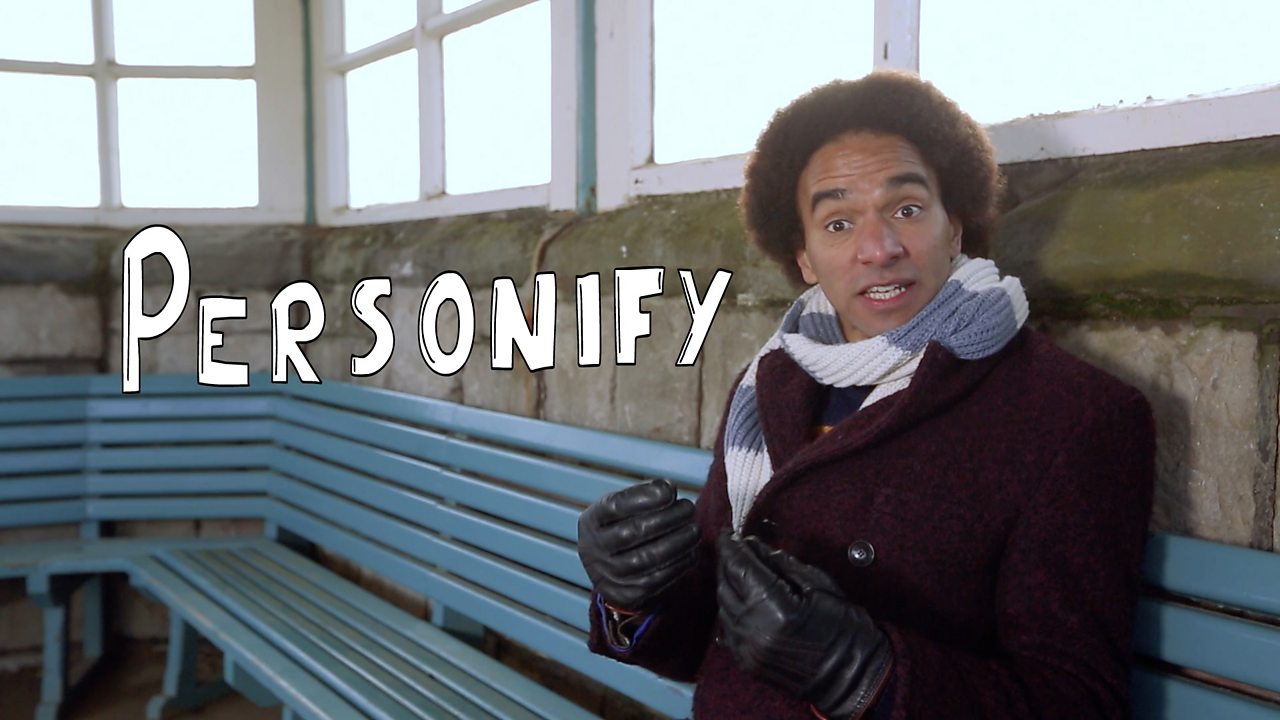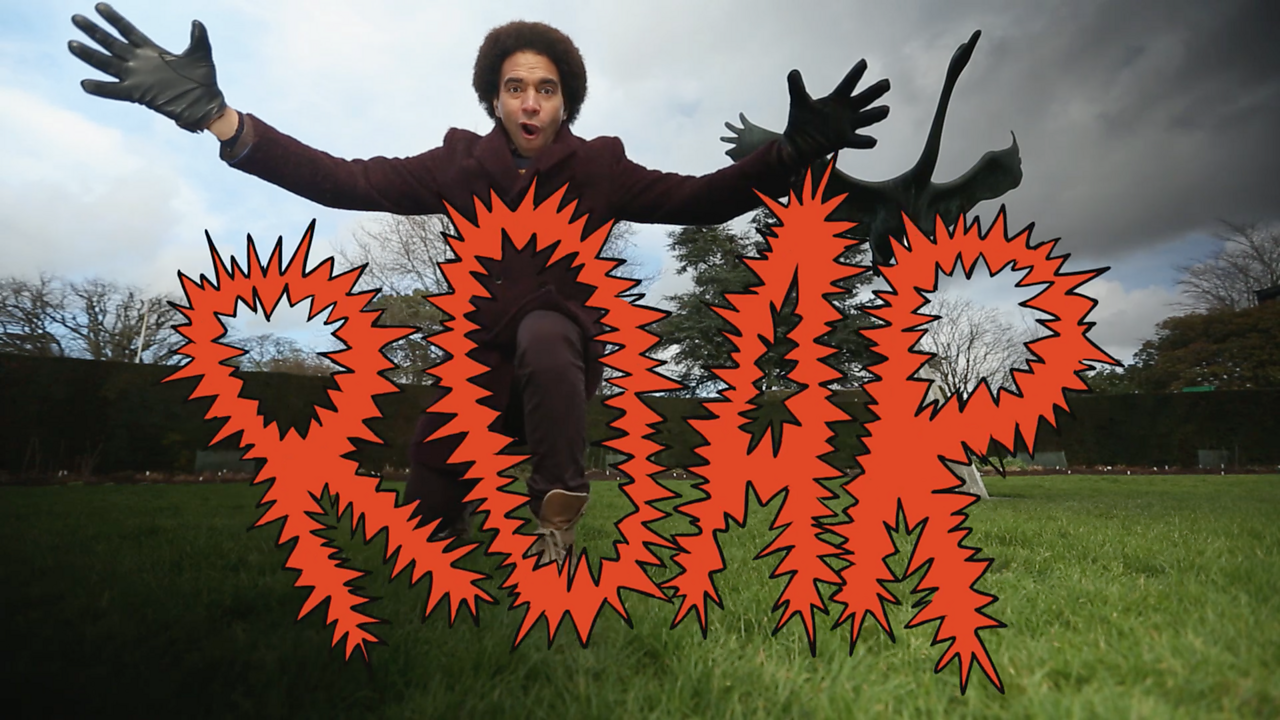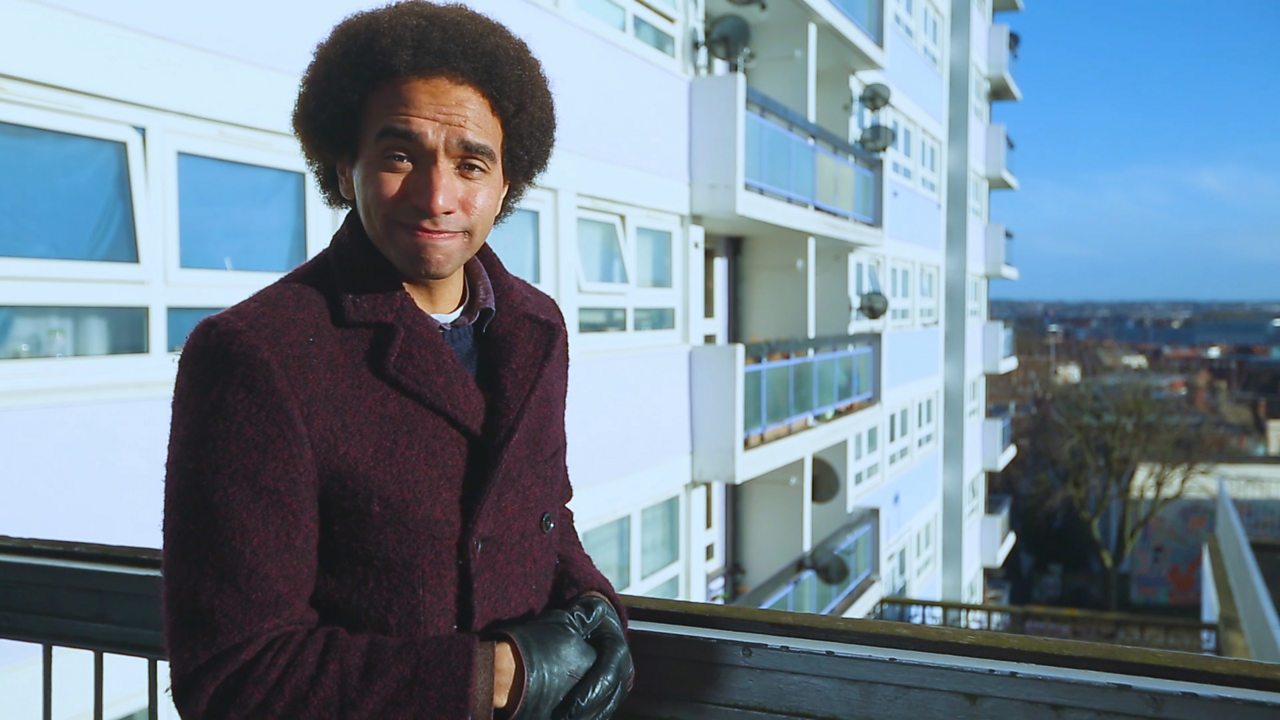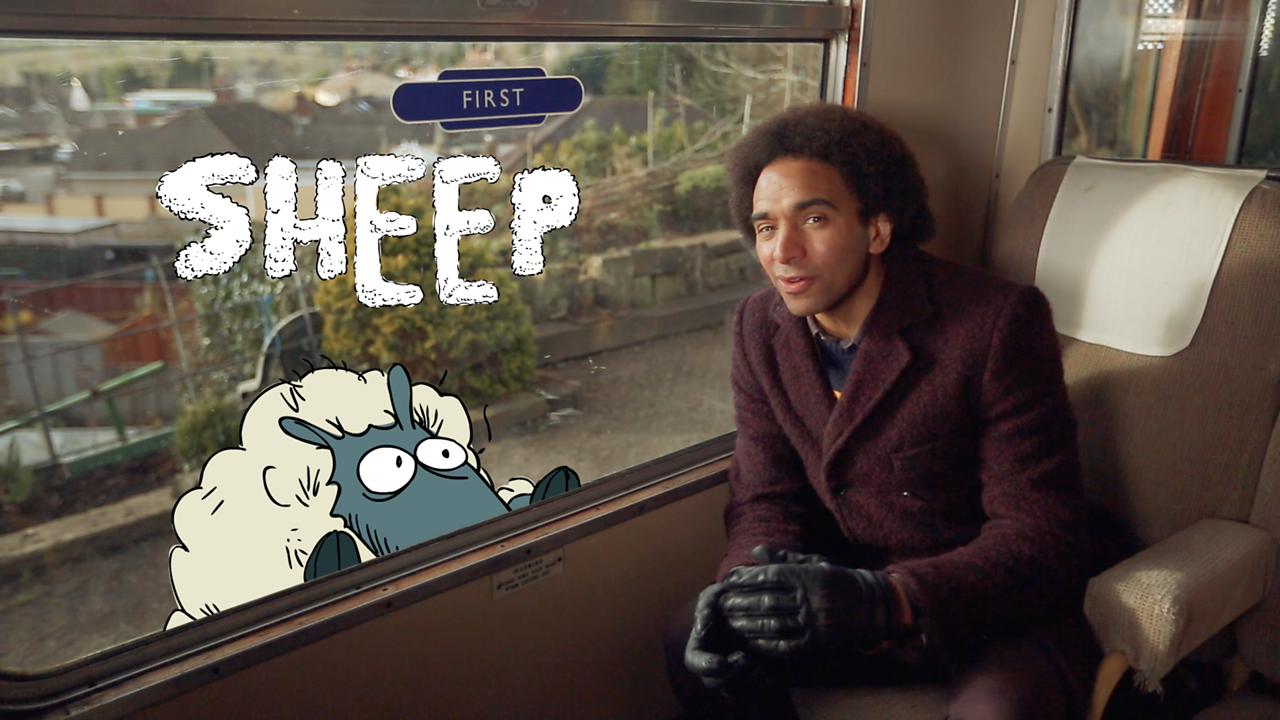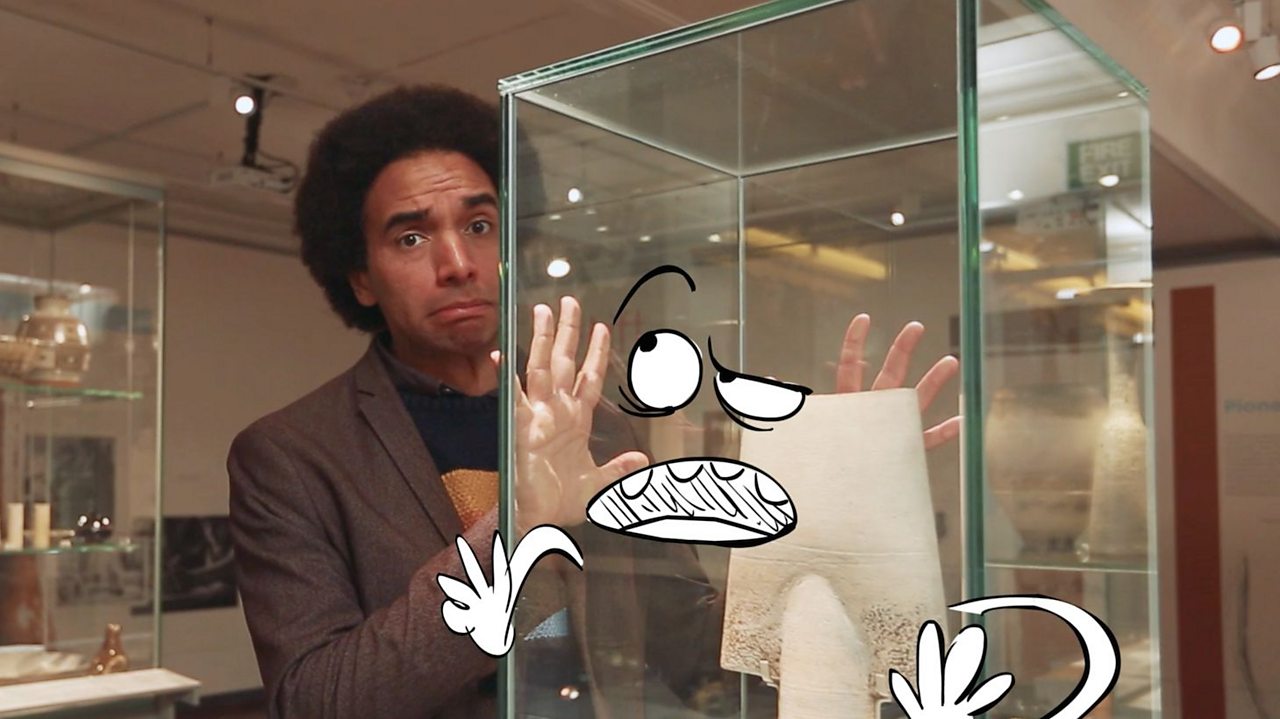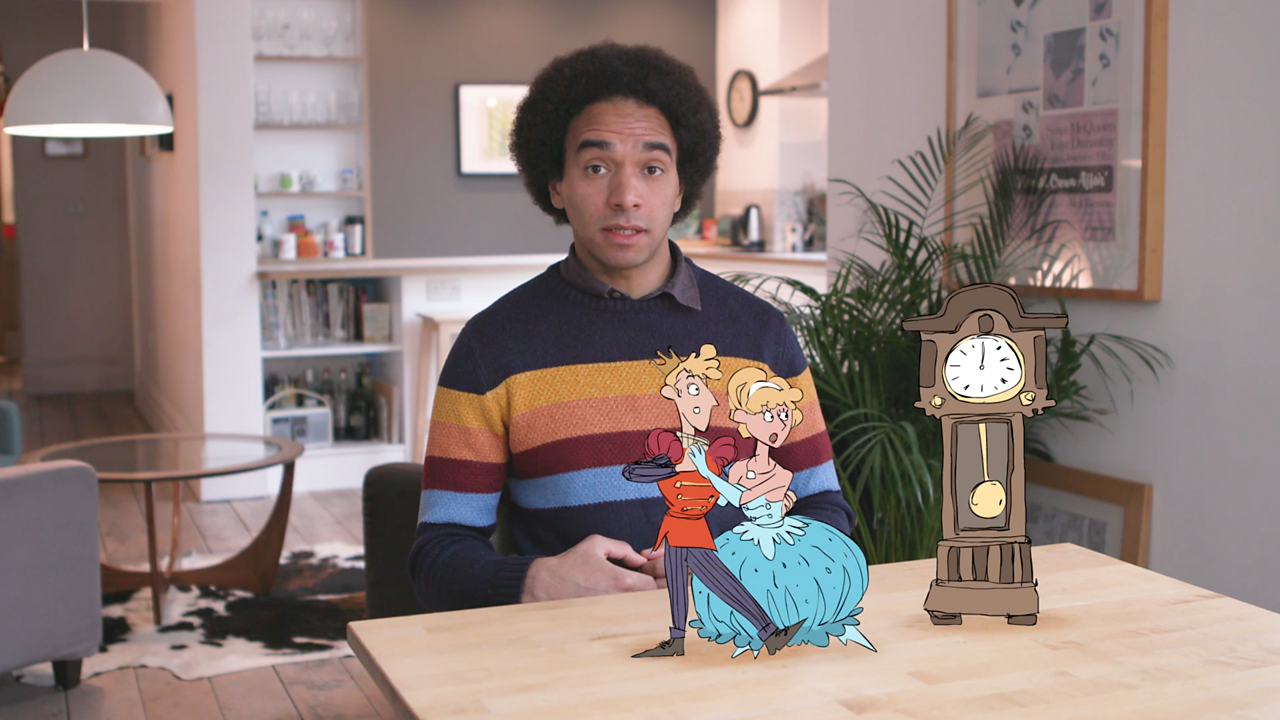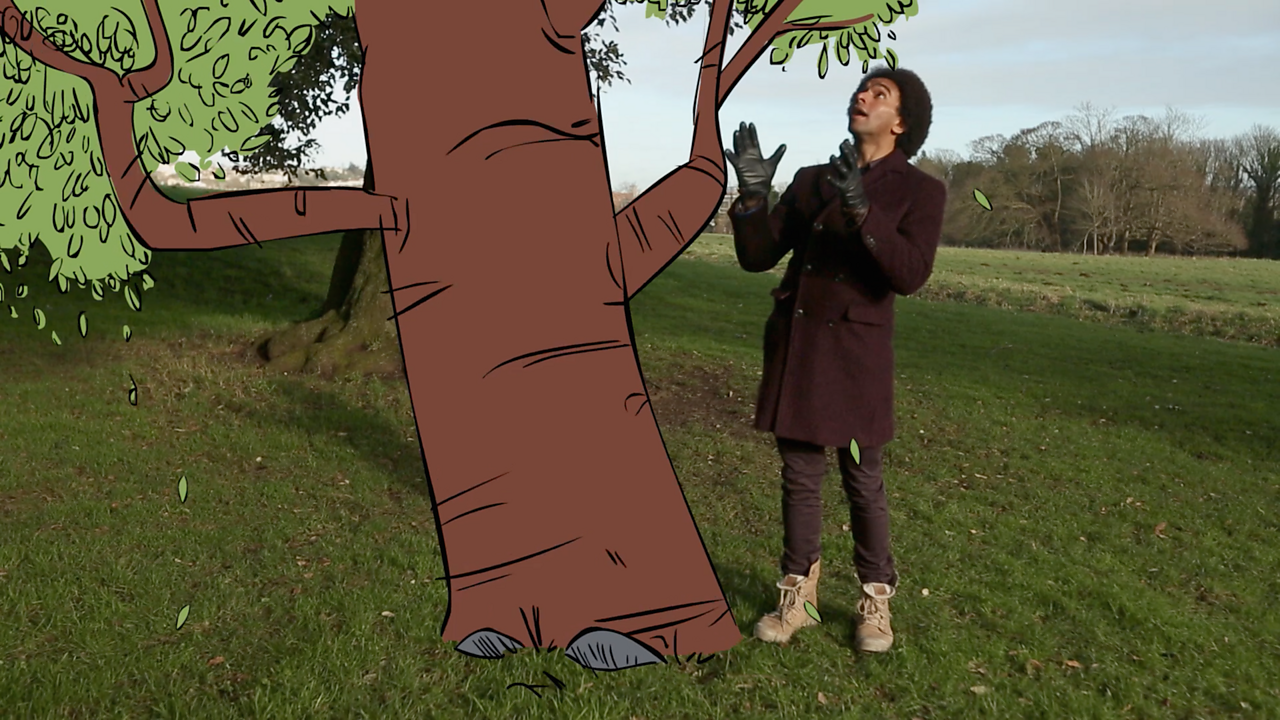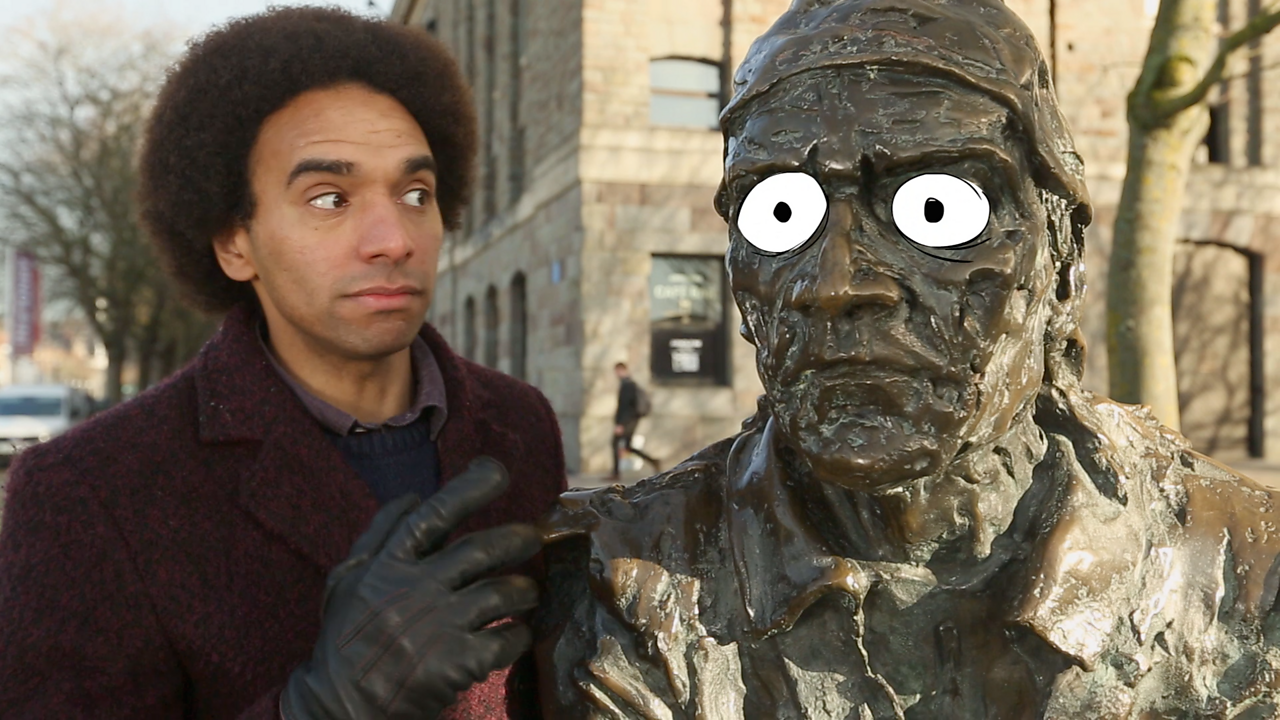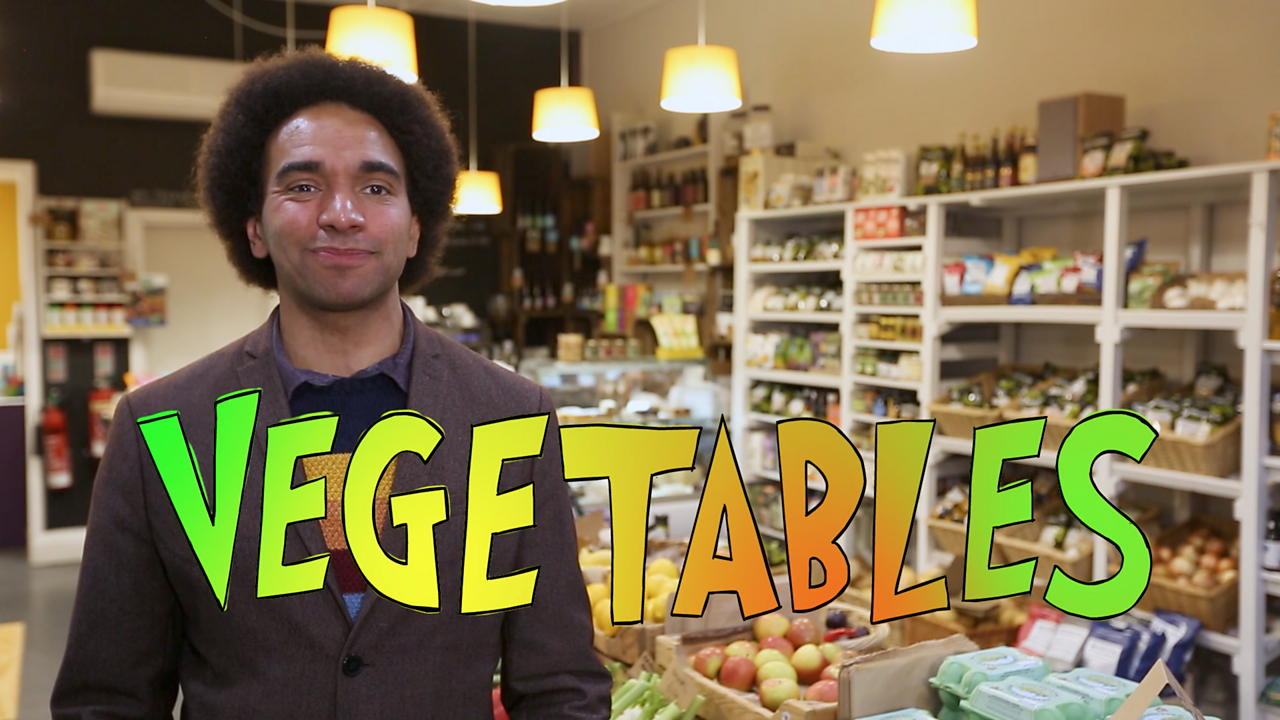KS1 / KS2 English: How to perform poetry
Video summary
Joe Coelho looks at how poetry can be performed, bringing the words to life rather than keeping them on the printed page.
He explores what tone and timbre can bring to poems when performing or reciting them.
Being read to, and reading poetry, helps to articulate and encourage interpretation and response.
Joe investigates the importance of the spoken word and the importance of listening: hearing how dialect, for example, can influence the perception of poetry.
Listening to a poet through his or her own voice can help encourage a greater level of response.
Joe discusses how techniques used to enhance the performance of poetry, such as intonation, tone, tempo, and volume, can be employed effectively to develop meaning for the listener.
This episode aims to engender discussions that reflect on the impact of a performance on the listener.
Teacher Notes
Ideas for use in the class
Before watching:
Discuss what poetry is and find out children's previous knowledge and experience of poetry through discussion prompted by key questions: Ask the children what they think poetry is? Do they have any favourite poems? Do they know any poets? Do they like poetry? Why or why not?
Find out what prior knowledge and experience they have of poems being performed: Have they performed any poems themselves before? Or seen anyone else performing poetry? What was it like to watch or perform? How did it make you feel?
After watching:
What have they learnt about performing poetry? What different places and spaces could you perform in? Does it have to be on a stage? For a big audience?
Focus on children using the different performance techniques that Joe explores in the episode in performing a poem of their own. Read a range of poems that could inspire your children from age appropriate collections:
Reading list for Key Stage 1 (ages 5-7):
Poems to Perform by Julia Donaldson; A Great Big Cuddle by Michael Rosen; Zim Zam Zoom by James Carter; The Puffin Book of Fantastic First Poems; Here's a Little Poem by Jane Yolen and Andrew Fusek Peters
Reading list for Key Stage 2 (ages 7-9):
Werewolf Club Rules by Joseph Coelho; Jelly Boots, Smelly Boots by Michael Rosen; Poetry Pie by Roger McGough; Moon Juice by Kate Wakeling; Things You Find in a Poet's Beard by A.F. Harrold; Dancing in the Rain by John Lyons; The Rainmaker Danced by John Agard
Reading list for Key Stage 2 (ages 9-11):
Overheard in a Tower Block by Joseph Coelho; The Big Book of Bad Things by Michael Rosen; The Language of Cat by Rachel Rooney; You Tell Me! by Roger McGough and Michael Rosen; Goldilocks on CCTV by John Agard; Cosmic Disco by Grace Nichols; Hot Like Fire by Valerie Bloom
Next steps
Allow children to work in groups to decide how to perform a poem of their choice, which they liked when read aloud. When they heard the poem, how did it make them feel? How could they explore this in their performance? How will they use the volume, tone and pace of their voices to convey the emotions? If they work in a group will they all perform at once? Take turns to do different parts? A mixture of both?
How will they use facial expressions, body language and actions to add even more to the performance? Is there a certain place where this poem could be performed? e.g. an outdoor themed poem should be performed in an outdoor space. A poem about bedtime could be done lying down inside.
Allow time for the children to re-read, work on techniques, rehearse and re-work before performing to a chosen audience - each other, another adult, a group of parents and seeing their reactions. Reflect on how it felt to perform a poem.
This short film will be relevant for teaching English at primary school.
